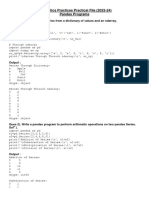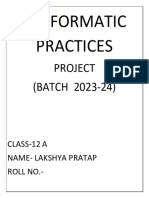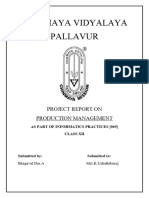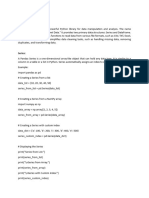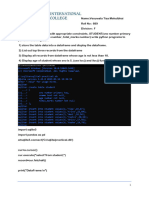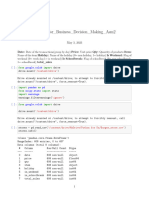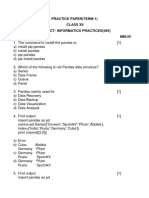0% found this document useful (0 votes)
4 views1 pageAssignment Pandas#
The document outlines an assignment focused on using Pandas for data analysis with an Online Shopping Dataset. It includes tasks such as loading data, displaying statistics, adding columns, filtering, sorting, visualizing data, and handling missing values. Each task is broken down into specific steps to guide the completion of the assignment.
Uploaded by
harithmsylhy3Copyright
© © All Rights Reserved
We take content rights seriously. If you suspect this is your content, claim it here.
Available Formats
Download as PDF, TXT or read online on Scribd
0% found this document useful (0 votes)
4 views1 pageAssignment Pandas#
The document outlines an assignment focused on using Pandas for data analysis with an Online Shopping Dataset. It includes tasks such as loading data, displaying statistics, adding columns, filtering, sorting, visualizing data, and handling missing values. Each task is broken down into specific steps to guide the completion of the assignment.
Uploaded by
harithmsylhy3Copyright
© © All Rights Reserved
We take content rights seriously. If you suspect this is your content, claim it here.
Available Formats
Download as PDF, TXT or read online on Scribd
/ 1





